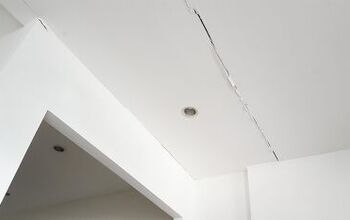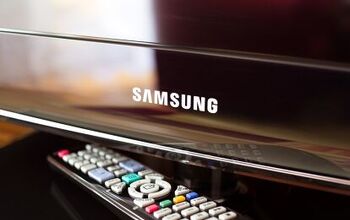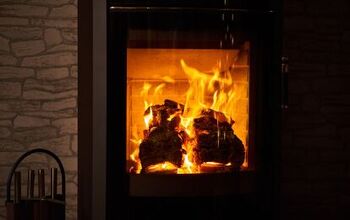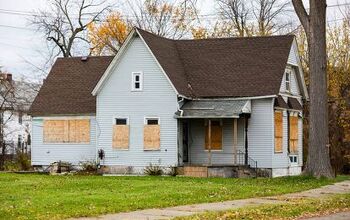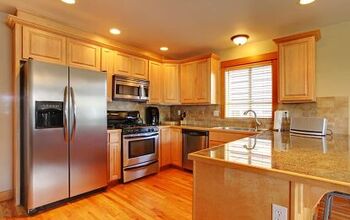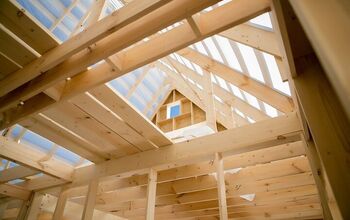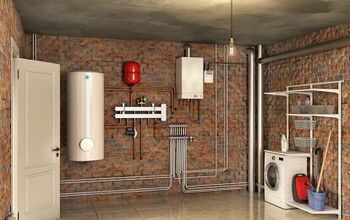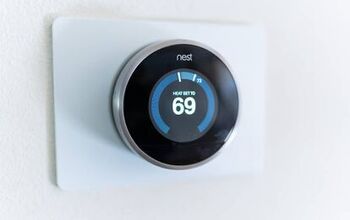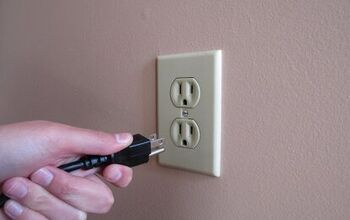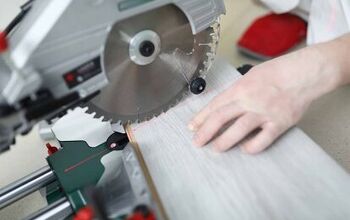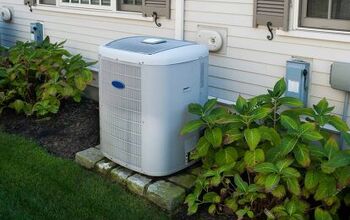Are Energy-Efficient Furnaces Worth It?

Many homeowners are simply tired of spending a fortune to heat their home. Not only is running an inefficient furnace expensive, but it is creates harmful greenhouse gases that affect the environment. So, are energy-efficient furnaces worth it?
Energy-efficient furnaces are worth it because they can improve indoor air quality and save you money on gas and electric bills. They don’t run as loud as standard furnaces and high-efficiency furnaces don't work as hard, which helps them last longer. This can reduce the strain on the system and help you avoid frequent furnace maintenance calls.
Energy-efficient furnaces are also great to pair with smart thermostats and enjoy more energy savings. Whether it be reducing your carbon footprint or saving money, energy-efficient furnaces have many benefits. Follow along as we explore everything you must know about energy-efficient furnaces.
Is It Worth Upgrading To A High-Efficiency Furnace?
Many people consider it worth upgrading to a high-efficiency furnace for the cost benefits alone. Utility bills in the United States have risen with inflation, and it won’t slow down anytime soon. You can enjoy many benefits if you switch to an energy-efficient furnace, such as:
Lower Bills
Inarguably, the biggest benefit of energy-efficient furnaces is that they are inexpensive to run. Inefficient furnaces often waste up to 20% of the gas that they use to heat your home. Conversely, high-efficiency furnaces waste as little as 4% to 5% of the gas it takes to heat your home.
This can save you hundreds of dollars per year on gas bills. High-efficiency furnaces can also help you save money on your electric bills, as they don’t use as much power to produce heat. Homeowners seek out high-efficiency appliances more than ever as utility costs continue to soar.
Noise Reduction
It’s no secret that furnaces and air conditioners can get quite noisy when they run. That’s because standard HVAC appliances must work hard to run and heat or cool your home. However, that’s much less of an issue with an energy-efficient furnace.
Energy-efficient HVAC equipment only works as hard as it needs to. You can find high-efficiency furnaces with variable blower speeds. They also feature sound-absorbent insulation that helps minimize the sound when your furnace runs.
This comes in handy when you’re trying to sleep, focus, or have a conversation at home. However, you may still hear loud noises from your ductwork. In that case, you may need to hire an HVAC technician to brace or clean your air ducts.
They Last A Long Time
Standard furnaces can last up to 15 to 20 years, but only if you take great care of them. However, they are unlikely to run nearly as well as they once did after 15 to 20 years. High-efficiency furnaces experience less wear and tear than low-efficiency furnaces.
The name says it all: they are highly efficient. That means that they run as best as possible without any of the unnecessary strain associated with low-efficiency furnaces. High-efficiency furnaces run only as much as they need to.
They don’t require nearly as much energy to heat your home as an older, less efficient furnace. This not only makes them last longer, but it also makes them quite low maintenance.
Reduced Carbon Footprint
Today, more homeowners than ever want to reduce their carbon footprint. This can be done in many ways, and the availability of energy-efficient appliances is one of them. Constant reports about how many of our electronic luxuries are bad for the environment has affected people.
Natural gas is a fossil fuel, and burning them means that the emissions aren’t great for the environment. The greenhouse gases they produce are bad pollute the air and water, and it all adds up. Energy-efficient furnaces use much less natural gas to heat your home.
Not only does that save money, but it also reduces the amount of greenhouse gases you’re responsible for. Some states reward homeowners with tax credits if they upgrade to an energy-efficient furnace. By 2028, the Department of Energy will require all furnaces to run at 95% efficiency.
Improved Air Quality
Do you struggle with the air quality in your home? Many people wish the indoor air quality at their homes was better, and they turn to energy-efficient furnaces because of that. Efficient furnaces have better filter systems than standard furnaces, and they’re hard to beat.
This makes it much easier to remove dust, pet hair, pollen, and other impurities from the air in your home. You can also control the airflow in your home more easily with an efficient unit. The superior filtration paired with the incredible air circulation capabilities makes high-efficiency furnaces great for homeowners with asthma.
High-efficiency furnaces typically have sealed combustion chambers. They draw air from outside via an external vent and use it for the combustion process. This reduces drafts and helps keep the air clean.
They Pair Well With Smart Thermostats
Smart thermostats get better and better with each passing year. However, you can’t enjoy all of their benefits unless your furnace is compatible with a smart thermostat. A smart thermostat can control most furnaces, but you may not be able to enjoy each feature.
You can maximize your energy savings if you pair a smart thermostat with a high-efficiency furnace. The smart thermostat will communicate with the furnace and ensure it only runs when it needs to. Many smart thermostats also give homeowners plenty of freedom regarding programming.
For example, you can often program a smart thermostat to run on “vacation mode”. This ensures that your furnace won’t use too much energy when you’re gone, and it will only run as needed. That is a better option than shutting your furnace off as your pipes may freeze when you’re gone during winter.
What Are The Cons Of A High-Efficiency Furnace?
The biggest downside of high-efficiency furnaces is that they are expensive to install. Energy-efficient furnaces are complex compared to standard furnaces. Everything from the combustion system and outdoor intake to the drain lines is slightly more complex.
However, such complex parts are also why energy-efficient furnaces are so great. Many homeowners find the initial cost to be a worthy investment due to the utility bill savings. It costs between $3,000 and $12,000 to install an energy-efficient furnace, depending on the size of your home and the furnace's features.
How Much Do You Save With A High-Efficiency Furnace?
You can shave up to 30% off the cost of your utilities each month with a high-efficiency furnace. Throughout the year, this can add up to be hundreds of dollars in savings. Depending on your furnace habits, you can save up to roughly $22 per month with an energy-efficient furnace.
It’s also worth noting that you can save a small fortune on maintenance if you replace your furnace. Maintenance requests will be fewer if your furnace runs more efficiently.
Summing It Up
It’s worth the cost to upgrade to an energy-efficient furnace because you can save hundreds of dollars on utility bills. It don’t waste much natural gas and runs at a low volume because it don’t have to work as hard to heat your house. You can even get a tax rebate in many states if you switch to a high-efficiency furnace.
Related Guides:

Nick Durante is a professional writer with a primary focus on home improvement. When he is not writing about home improvement or taking on projects around the house, he likes to read and create art. He is always looking towards the newest trends in home improvement.
More by Nick Durante

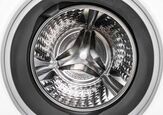
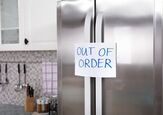







![10 Best Cordless Leaf Blowers – [2022 Reviews & Ultimate Guide]](https://cdn-fastly.upgradedhome.com/media/2023/07/31/9070789/10-best-cordless-leaf-blowers-2022-reviews-ultimate-guide.jpg?size=350x220)

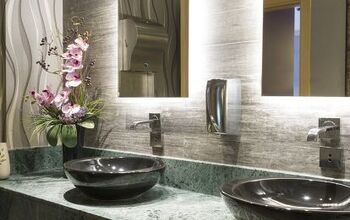
![Finishing Basement Without Permit [Is It Really Illegal?]](https://cdn-fastly.upgradedhome.com/media/2023/07/31/9070078/finishing-basement-without-permit-is-it-really-illegal.jpg?size=350x220)

